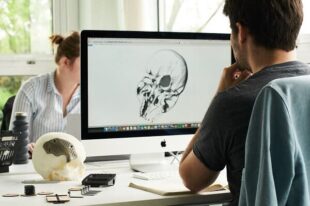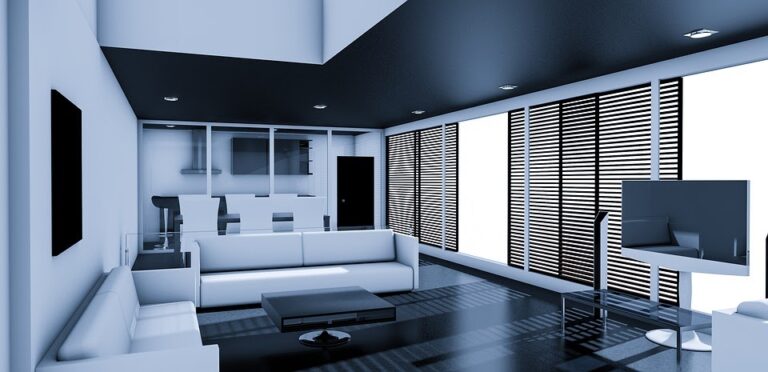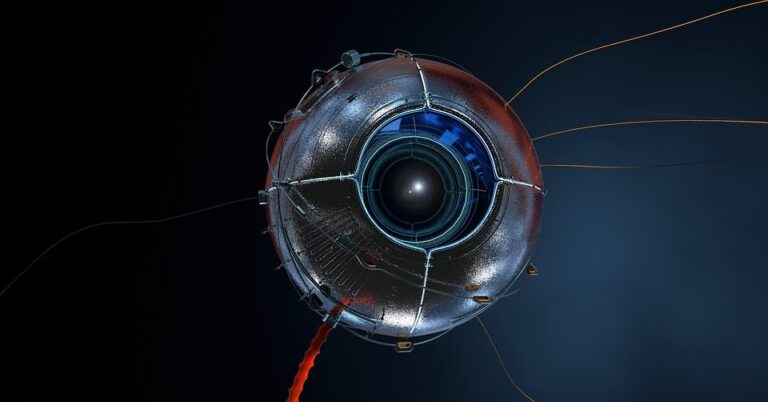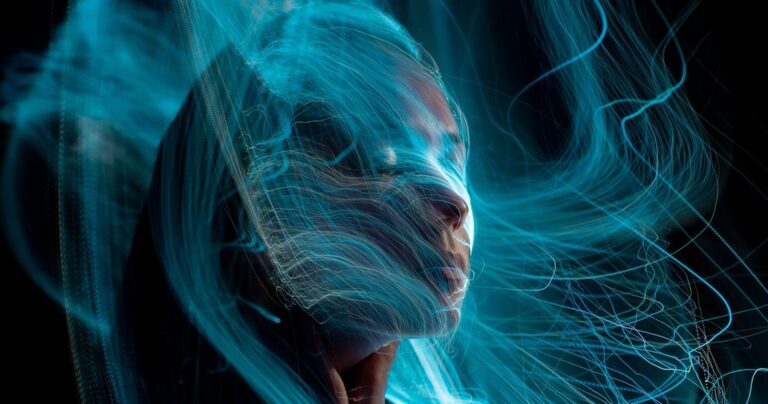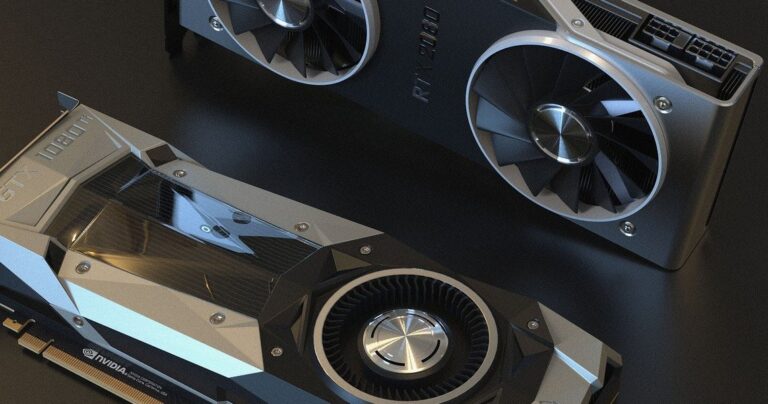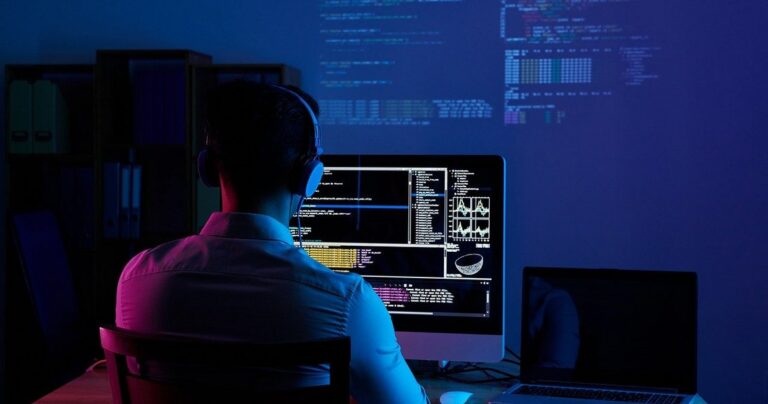In the vibrant landscape of French academia, the convergence of artistry and technology has long been a driving force behind innovation and creativity. As students and scholars navigate the intricate realm of 3D modeling, they embark on a journey that seamlessly blends the aesthetic principles of art with the precision and ingenuity of technology. From the hallowed halls of renowned art schools to the bustling laboratories of cutting-edge research institutions, the exploration of 3D modeling in French academia serves as a testament to the boundless possibilities that emerge at the intersection of these disciplines.
To delve deeper into the realm of academic exploration in France, students often seek resources and support to enhance their understanding and refine their skills. Platforms like https://memoredaction.com/memoire/ offer invaluable assistance, providing guidance and expertise to students embarking on ambitious academic endeavors, including the crafting of scholarly dissertations and research papers. With tailored support, students can navigate the complexities of academic writing with confidence, ensuring their contributions to the field of 3D modeling are both insightful and impactful.
Join us as we embark on a journey to explore the dynamic intersection of art and technology within French academia, where 3D modeling serves as a catalyst for innovation, expression, and endless possibility.
The Evolution of 3D Modeling in French Academia
French academia has long been a fertile ground for the convergence of artistry and technological prowess, and the evolution of 3D modeling within this landscape is a testament to the country’s rich history of innovation.
The journey of 3D modeling in French academia began with humble origins, as pioneering scholars and educators recognized its potential to revolutionize the way we conceptualize and create art. Early adopters experimented with rudimentary software and hardware, laying the groundwork for the sophisticated techniques and technologies that would follow.
As the years progressed, French academic institutions embraced 3D modeling as a vital tool for both artistic expression and technological advancement. From prestigious art schools to leading research universities, students and faculty alike immersed themselves in the intricacies of this dynamic discipline, pushing the boundaries of what was thought possible.
Milestones punctuated this journey, from the development of groundbreaking software applications to the establishment of dedicated departments and research centers focused on 3D modeling. French scholars made significant contributions to the field, introducing innovative techniques and methodologies that garnered international acclaim.
Today, 3D modeling has become an integral part of the academic curriculum in France, with students from diverse disciplines harnessing its power to explore complex ideas and concepts. Interdisciplinary collaborations between art and technology departments have flourished, resulting in groundbreaking projects that blur the lines between traditional and digital art forms.
Looking to the future, the evolution of 3D modeling in French academia shows no signs of slowing down. As emerging technologies continue to reshape the landscape, scholars and students alike are poised to embrace new opportunities and challenges, ensuring that France remains at the forefront of innovation in this dynamic field.
Innovative Applications of 3D Modeling in French Art Schools
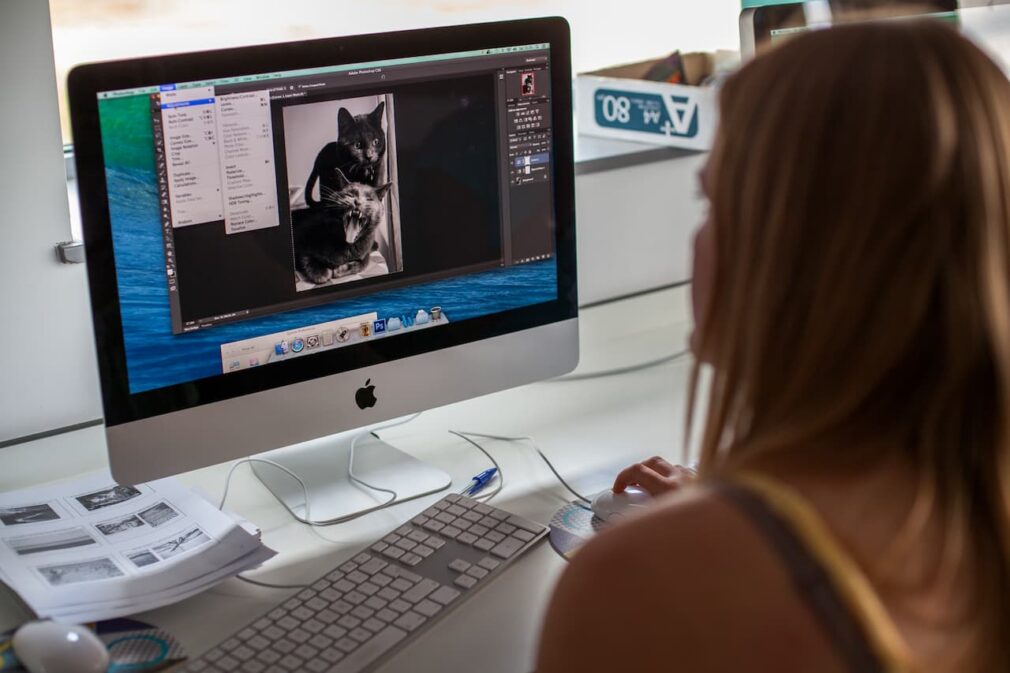
Within the halls of French art schools, 3D modeling has emerged as a transformative force, revolutionizing traditional artistic practices and opening new avenues for creative expression. Through innovative applications and interdisciplinary collaborations, students and faculty are pushing the boundaries of what is possible, leveraging the power of technology to redefine the artistic landscape.
One of the most notable applications of 3D modeling in French art schools is seen in collaborative projects that bridge the gap between different disciplines. Students from diverse backgrounds come together to explore the intersection of art, technology, and other fields such as engineering, architecture, and medicine. These collaborations result in groundbreaking artworks that not only showcase technical proficiency but also offer profound insights into contemporary issues and themes.
Virtual exhibitions have also become a prominent feature of French art schools, thanks to the versatility of 3D modeling. Instead of traditional gallery spaces, students now have the opportunity to showcase their work in immersive virtual environments, reaching audiences beyond geographical boundaries. These virtual exhibitions not only provide a platform for emerging artists to gain exposure but also challenge traditional notions of art consumption and appreciation.
Furthermore, French art schools encourage experimentation and exploration with 3D modeling techniques, allowing students to push the boundaries of traditional art forms. From sculpting digital masterpieces to creating interactive installations, students are encouraged to think outside the box and embrace new possibilities offered by technology. This emphasis on innovation fosters a culture of creativity and risk-taking, empowering students to develop their unique artistic voices.
Overall, the innovative applications of 3D modeling in French art schools underscore the dynamic relationship between art and technology. By harnessing the power of digital tools and techniques, students are not only expanding the possibilities of artistic expression but also shaping the future of the art world. As French art schools continue to embrace and integrate 3D modeling into their curriculum, the boundaries between the physical and digital realms will continue to blur, ushering in a new era of artistic innovation.
Emerging Trends and Technologies
In the ever-evolving landscape of 3D modeling, French academia remains at the forefront of innovation, constantly exploring new trends and technologies that shape the future of the field. From cutting-edge tools to groundbreaking techniques, students and researchers are embracing the latest advancements with enthusiasm and creativity.
One of the most notable trends in 3D modeling is the development of advanced software applications that offer unprecedented levels of precision and realism. French academic institutions are at the forefront of this revolution, collaborating with leading software developers to create bespoke tools tailored to the needs of artists and designers. These tools not only streamline the 3D modeling process but also empower users to unleash their creativity like never before.
Another emerging trend is the integration of artificial intelligence (AI) and automation into the 3D modeling workflow. French researchers are exploring how machine learning algorithms can be used to assist artists in tasks such as character rigging, texture mapping, and animation. By harnessing the power of AI, artists can save time and resources while achieving more sophisticated results, pushing the boundaries of what is possible in 3D modeling.
Virtual reality (VR) integration is also on the rise in French academia, offering new possibilities for immersive storytelling and interactive experiences. Students and researchers are experimenting with VR technology to create virtual environments that transcend the limitations of traditional mediums. From virtual art galleries to interactive narratives, VR opens up new avenues for artistic exploration and audience engagement.
Additionally, French academic institutions are exploring the potential of 3D printing technology in the realm of 3D modeling. By combining digital design techniques with additive manufacturing processes, students can bring their creations to life in physical form, blurring the lines between the virtual and the tangible. This fusion of digital and physical realms opens up exciting possibilities for prototyping, production, and artistic expression.
As these trends continue to unfold, French academia remains at the forefront of innovation in the field of 3D modeling. By embracing emerging technologies and pushing the boundaries of traditional practices, students and researchers are shaping the future of art and design, paving the way for a new era of creativity and exploration.
Future Prospects and Challenges
As 3D modeling continues to evolve and expand within French academia, the future holds both promise and challenges for students, educators, and researchers alike.
On the one hand, the prospects for individuals skilled in 3D modeling are bright. With industries ranging from animation and gaming to architecture and product design increasingly reliant on digital visualization, graduates with expertise in 3D modeling are in high demand. French academic institutions are well-positioned to prepare students for these opportunities, offering comprehensive training and access to cutting-edge technologies.
Moreover, the integration of 3D modeling into various academic disciplines opens up new avenues for interdisciplinary collaboration and innovation. As students from diverse backgrounds come together to tackle complex challenges, the potential for groundbreaking discoveries and creative solutions is immense. French academia, with its rich tradition of interdisciplinary research, is poised to lead the way in this regard.
However, alongside these opportunities come a host of challenges that must be addressed. One such challenge is the ethical considerations surrounding 3D modeling, including issues related to digital rights, privacy, and cultural preservation. As 3D models become increasingly realistic and ubiquitous, questions arise about ownership, authenticity, and the impact on cultural heritage.
Furthermore, as technology continues to advance at a rapid pace, there is a constant need for students and educators to stay abreast of the latest developments. This requires ongoing investment in training, infrastructure, and research to ensure that French academia remains at the cutting edge of 3D modeling innovation.
Finally, there is the challenge of ensuring that the benefits of 3D modeling are accessible to all. While French art schools and research institutions may have access to state-of-the-art facilities and resources, disparities in access and opportunity still exist. It is imperative that efforts be made to democratize access to 3D modeling education and technology, particularly for underrepresented communities and marginalized groups.
In addressing these challenges and embracing the opportunities that lie ahead, French academia can continue to play a leading role in shaping the future of 3D modeling. By fostering creativity, collaboration, and ethical responsibility, students and researchers can chart a course towards a more inclusive, innovative, and sustainable future for the field.
Conclusion:
In the captivating journey through the intersection of art and technology within French academia, the exploration of 3D modeling emerges as a beacon of innovation, creativity, and collaboration. From its humble beginnings to its current prominence, 3D modeling has transcended traditional boundaries, reshaping the way we perceive and create art in the digital age.
French art schools and research institutions stand at the forefront of this dynamic landscape, harnessing the power of 3D modeling to inspire and empower the next generation of artists, designers, and innovators. Through interdisciplinary collaborations, innovative applications, and a commitment to excellence, students and educators alike are pushing the boundaries of what is possible, blurring the lines between imagination and reality.
As we reflect on the evolution, trends, and challenges of 3D modeling in French academia, it becomes clear that the journey is far from over. The future holds boundless opportunities for exploration, discovery, and transformation, as technology continues to evolve and society grapples with new challenges and possibilities.
As we embark on this journey together, let us remember the principles that have guided us thus far: creativity, collaboration, and ethical responsibility. By staying true to these values, we can ensure that the intersection of art and technology remains a vibrant and dynamic space, where imagination knows no bounds and innovation knows no limits.
In the ever-changing landscape of French academia, the exploration of 3D modeling serves as a testament to the enduring power of human creativity and ingenuity. Let us continue to embrace this journey with passion, curiosity, and a commitment to shaping a brighter future for art, technology, and society as a whole.

